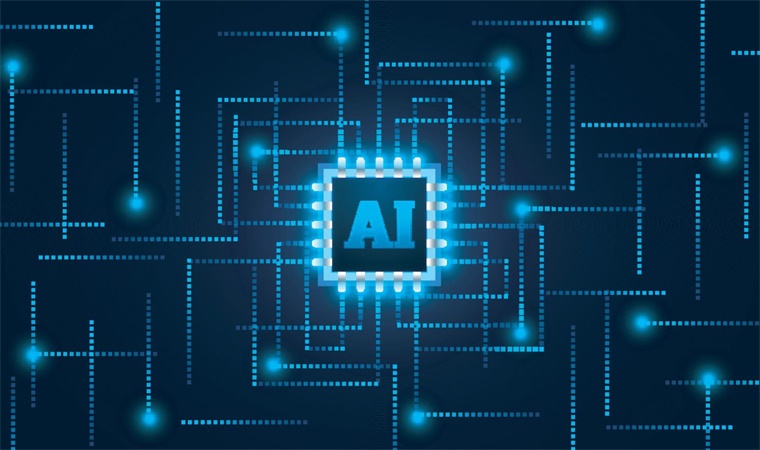The field of artificial intelligence is undergoing a profound transformation. The scale expansion of large language models (LLM) is no longer the main goal. Instead, it is to improve the "thinking ability" of the model. This marks that AI development has entered a new stage that focuses on quality and reasoning. The editor of Downcodes will explain to you the changes in this industry trend and the reasons behind it.
The artificial intelligence industry has reached a major turning point: leading companies have changed their development direction, shifting from pursuing larger-scale language models to focusing on improving the model's thinking ability. This shift will reshape the development pattern of the entire AI industry.

According to Reuters, major AI labs are facing difficulties. Developing large-scale language models not only requires tens of millions of dollars of investment, but also often encounters technical difficulties such as system crashes. It often takes several months to evaluate the performance of a model.
This development bottleneck has affected industry giants. There are reports that OpenAI’s new Orion model has limited improvement compared to GPT-4, and Google’s Gemini2.0 also encountered similar difficulties. As for Anthropic, its CEO Dario Amodei said that it is re-planning the development route of Opus 3.5.
Ilya Sutskever, former co-founder of OpenAI and now head of Safe Superintelligence (SSI), pointed out: The 2010s were an era of expansion, and now we have entered a new phase of exploration and discovery. This statement is particularly eye-catching because Sutskever has been an advocate of the idea that bigger is better.
The new direction in the industry points to test-time computing, which gives AI models more time to think and solve problems step by step. This approach focuses on developing the AI system’s reasoning capabilities so that it can generate multiple solutions and evaluate them, rather than simply answering quickly.
This shift may also affect the hardware market landscape. While Nvidia dominates traditional AI training hardware, new computing paradigms present opportunities for other chipmakers like Groq. However, the industry anticipates that both traditional and new methods may be used in the future to achieve optimal cost-effectiveness.
Many industry insiders believe that although traditional language model development will continue, the industry's focus has begun to shift. This marks that AI development has entered a new stage that pays more attention to quality and thinking ability.
The AI industry is shifting from the pursuit of scale to the pursuit of intelligence. This is not only an adjustment to the technical path, but also a rethinking of the future development direction of AI. This transformation will bring new challenges and opportunities, which deserves continued attention. The editor of Downcodes will continue to bring you the latest industry trends.